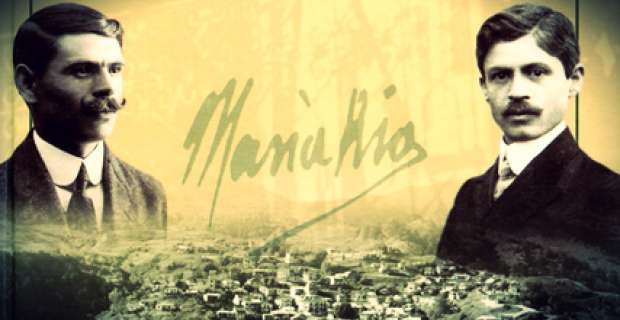Chariot racing was massively popular in ancient Rome; so much so
that the world’s highest paid athlete and the first billionaire from
their ranks possibly pertained to one
Gaius Appuleius Diocles.
According to classical studies professor Peter Struck (at University of
Chicago), the ancient charioteer’s accumulated prize money equated to
35,863,120
sesterces, which is equivalent of around $15 billion or £9.6 billion. But while popular culture (including
Ben-Hur)
has presented the Roman penchant for brutal spectator sports, their
long-time ancient rivals were also interested in chariot races fueled by
skilled competitors and roaring crowds. We are obviously talking about
Carthage – with the Circus of Carthage being the largest sporting arena
outside Rome, built solely for such grand events. And now archaeologists
have come across an advanced technological ambit that rather
complemented the exhilaration of chariot races, and it entailed a nifty
liquid cooling system that aided both horses and chariots.
For long historians were puzzled by the ‘efficiency’ of chariots
(relating to both the horses and the vehicle) in Carthage, since the
city-state was located in North Africa, traditionally known for its hot
and arid climate. Simply put, even horses could have fainted mid-race in
such rigorous conditions. But as a result of a recent excavation at the
site of Circus of Carthage, experts have now identified the use of a
special water resistant mortar in one of the structures of the stadium.
 Πρωτοπόρος
κινηματογραφιστής και φωτογράφος στο χώρο των Βαλκανίων ο Μίλτος
Μανάκης, γεννήθηκε στις 9 Σεπτεμβρίου του 1882 στο βλάχικο χωριό Αβδέλα
Γρεβενών. Με το φακό του κατέγραψε πολύ σημαντικές στιγμές στην περίοδο
των έντονων κοινωνικοπολιτικών αλλαγών στα Βαλκάνια.
Πρωτοπόρος
κινηματογραφιστής και φωτογράφος στο χώρο των Βαλκανίων ο Μίλτος
Μανάκης, γεννήθηκε στις 9 Σεπτεμβρίου του 1882 στο βλάχικο χωριό Αβδέλα
Γρεβενών. Με το φακό του κατέγραψε πολύ σημαντικές στιγμές στην περίοδο
των έντονων κοινωνικοπολιτικών αλλαγών στα Βαλκάνια.

